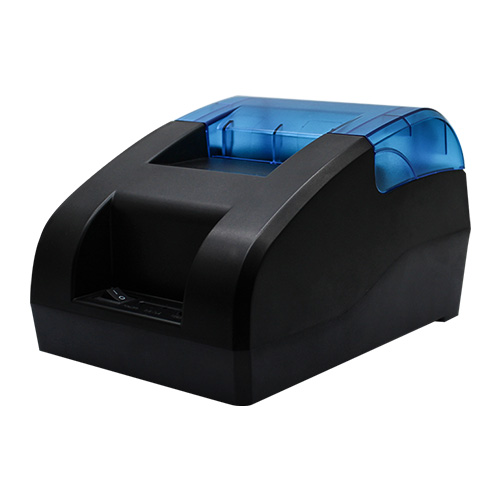Time:2025.07.12Browse:1

Replacing the carbon ribbon (used in thermal transfer printers, distinct from direct thermal printers) involves a step-by-step process to ensure proper alignment and functionality.
Preparation is essential. First, turn off the printer to avoid electrical hazards. Open the printer cover—most models have a latch or button on the top or side. Remove any remaining paper or labels to access the ribbon compartment. Identify the ribbon core: the used ribbon is typically on a take-up spool, while the new ribbon is on a supply spool.
Removing the old ribbon: Lift the take-up spool (with the used ribbon) and supply spool (empty or nearly empty) from their holders. Note the ribbon’s path—some printers have guides or tensioners that the ribbon threads through. Dispose of the used ribbon properly, as some carbon ribbons contain materials requiring special handling.
Installing the new ribbon: Unpack the new ribbon, ensuring it is the correct type (e.g., wax, resin, or wax-resin) for your printer and application. Place the supply spool (with the new ribbon) onto the left holder, and the empty take-up spool onto the right holder. Thread the ribbon through the guides, following the printer’s diagram (usually printed inside the cover). Ensure the ribbon’s coated side faces the paper—this is critical, as the coating contains the ink. Pull the ribbon taut but not overly tight to avoid tearing.
Final checks: Close the printer cover and load paper. Turn on the printer and perform a test print to verify alignment—if the print is faint or misaligned, re-open the cover and adjust the ribbon path. Ensure the spools are securely locked in place to prevent slipping during printing. Regularly replacing the carbon ribbon when it runs low prevents damage to the print head, as printing without a ribbon can cause overheating and wear.
Read recommendations: